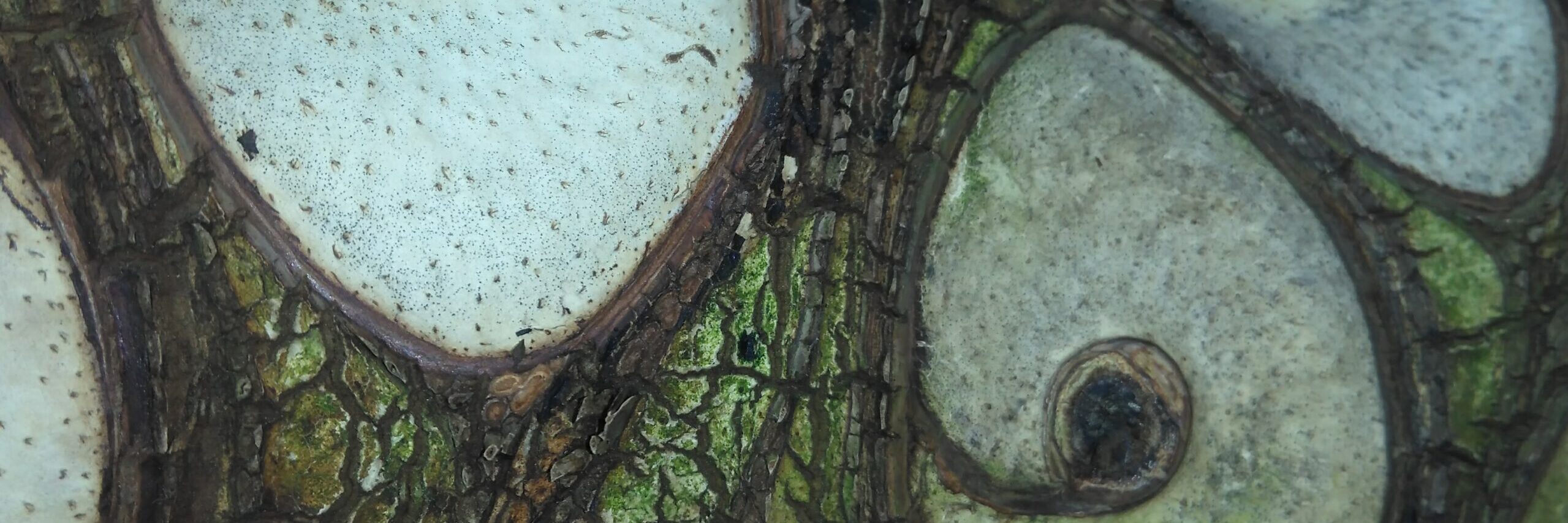
Even though it was a dank dull still day we managed to take a walk at Winkworth Arboretum which is always a delight. The National Trust were encouraging people to get out. They required you to book a place as the nation was still under its second lockdown. We’d booked our tickets in advance so we were not queuing long at all and were waved through.
It was good to be outside and not having to work but enjoy the sights, smells and sounds of the place.
My wife was the main photographer here. She has a good eye for nature that has striking elements. What you will see are snapshots of what we saw, the parts that captured our attention. We both focused on shapes and colour mostly on the walk.
I like to remind myself of the names of trees as that helps me identify them and maybe find out more about them. I will highlight some here in the article. The non-native trees in the arboretum are more of a challenge and often in-still surprise as you gaze on them. Their buds are not so recognisable or their leaves where they were still attached or on the ground. The surprise is the connection that takes place. Maybe a recollection of meeting a relative of the same species. A moment of wonder that their character expresses which is unique to that individual.

I don’t know what you’re thoughts are on this particular image?To some it may appear an ugly mark on the tree. The tree has healed itself has created quite an image which when I saw it from a distance it put me in mind of an aged male lion! My wife thought it was a gargoyle! Quite amazing though. It certainly stopped me quite literally in my tracks!
Samples of some of the bark types we saw can be seen below. Top left has at least two forms of lichen growing on it. Centre and right respectively are Scots Pine (Pinus sylvestris) and a Cherry (Prunus sp) of some kind.




Moss (Hypnum cupressiforme?) gets in all kinds of places

This I believe is a sweet chestnut with its wispy upper branches which also hang down here in the background. The bark is reminiscent of the strata of rocks and its stance makes me think of an Ent from the Lord of The Rings (by J.R.R. Tolkien) caught in mid walk as it strides across the land.
On the ground were the leaves which had settled. The most striking of these settlements were from a tree which is really stunning this time of year before leaf fall. The leaves were mostly all off the tree and were a sight to behold laying there. The tree in question was the sweet gum (Liquidambar styraciflua). I reminded myself of the tantalising odour by tearing a fallen leaf to imbibe its essence.

Oak leaves contrasted against a lichen covered stick.
Where would we be without lichens and fungi? The same week of this walk I finished listening to Merlin Sheldrake’s ‘Entangled Life’ on BBC Sounds. The book had been on my wishlist since hearing about it earlier in the year. It was fascinating hearing the content and him reading it. In this book Merlin explores how we have been influenced by the fungi kingdom in so many ways. We only see the fruiting bodies – there is a lot more going on underneath our feet than we’ll ever fully know.

On days like this in winter you don’t expect to see flowers especially on trees. We thought the cherry tree was flowering early but it turned out to be an Autumn Cherry (Prunus autumnalis) with stunning clusters of flowers:
Apart from the shapes, views and colours numerous birds were busy calling and feeding in and around us. These included green woodpecker, great tit, bullfinch, coal tits, little grebe, mallard, tufted ducks. Of all the bird sightings what caught my attention the most were chattering redwing (like these specimen. Bottom of the linked page on the left). They reminded us of house sparrows.
Surrey hills are a delight to behold even in poor lighting. A great walk and very uplifting to be amongst them.






